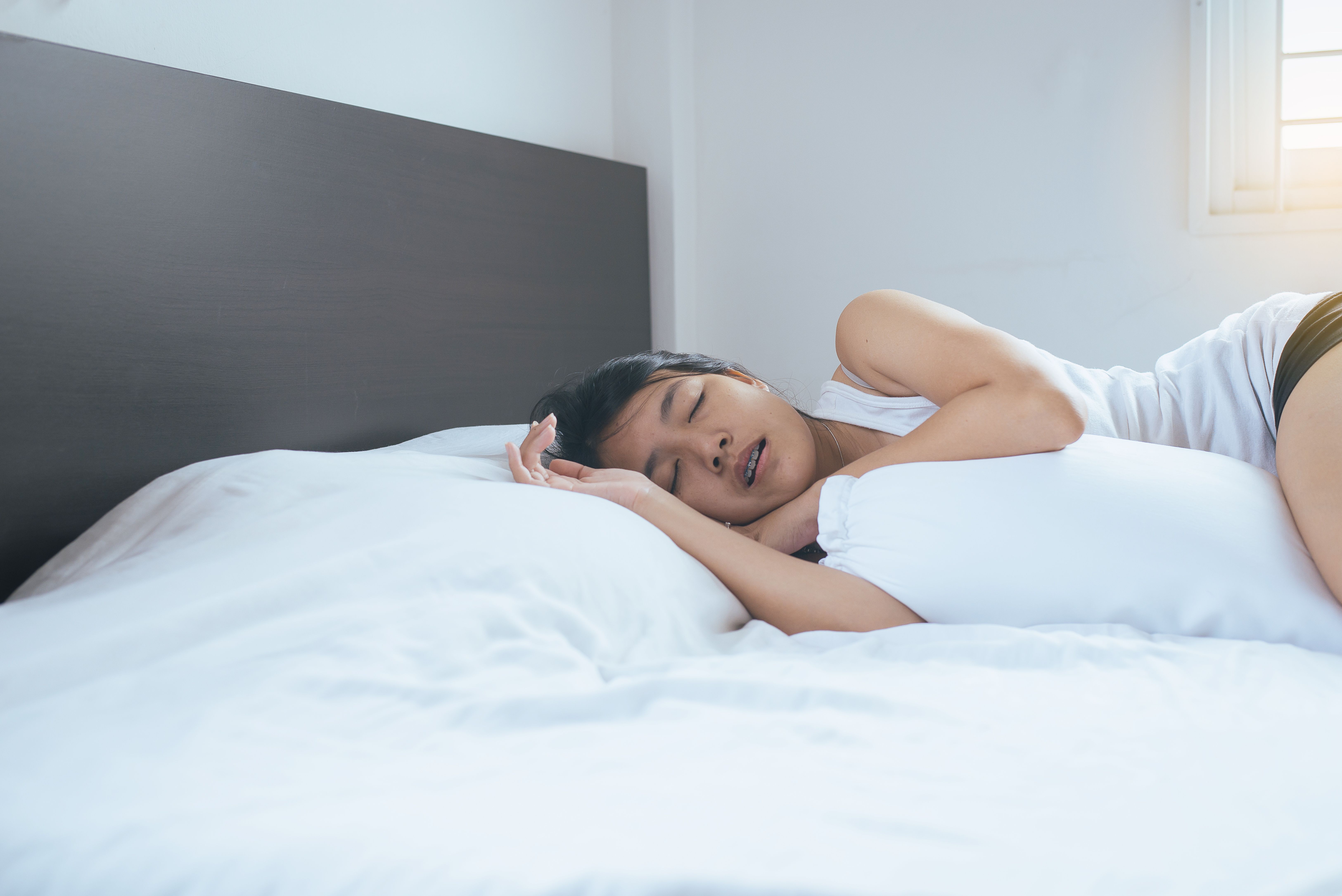News
Article
Objective Sleep Markers and Suicidal Behaviors
Author(s):
Sleep and suicide: researchers performed a systematic review and meta-analysis of objective sleep markers of suicidal behaviors in patients with psychiatric disorders.
gballgiggs/AdobeStock

RESEARCH UPDATE
CASE VIGNETTE
“Mr Mike” is a 34-year-old Caucasian male with history of major depressive disorder, recurrent, severe with psychotic features. He has a history of frequent presentation to the local emergency department and psychiatric hospitalizations for depression, suicidal ideation, insomnia, and sometimes worsening auditory hallucinations. His most recent psychiatric hospitalization was preceded by a period of significant insomnia, with subsequent worsening depression, auditory hallucinations, and suicidal ideation with plan. During the hospitalization, he was started on zolpidem 10 mg at bedtime. Over the next 3 days, he reported significant improvement in insomnia to the treatment team, with resolution of his suicidal ideation and improvements in depressive symptoms to his previous baseline. He also was provided with sleep hygiene education.
Major depressive disorder, an established risk factor for suicidal ideation and behavior (SIB), is strongly associated with sleep disorders.1 There is evidence for associations between sleep disturbances (most robustly insomnia) and SIB, independent of depression.2,3 A meta-analysis of longitudinal studies suggested that sleep disturbances are a modifiable risk factor for SIB, and should be a component of the suicide risk assessment.4 However, most previous studies used subjective methods to assess sleep disturbances.
The Current Study
Romier and colleagues performed a systematic review and meta-analysis of objective sleep markers associated with SIB, following PRISMA guidelines.5 The authors systematically searched PubMed, Web of Science, and the Cochrane library databases. They included English language publications evaluating the association between sleep disturbance (assessed by actigraphy, polysomnography [PSG], or nocturnal electroencephalography [EEG]) and SIB in adults. They excluded studies without measures of SIB, objective measurements of sleep disturbance, studies that did not examine the relationship between sleep and SIB, and studies in nonadult populations. Bias was investigated using the Newcastle Ottawa Scale. Four sleep parameters were pooled between actigraphy and PSG, including total sleep time (TST), sleep efficiency (SE), sleep onset latency (SOL), and wake after sleep onset (WASO). Current suicidal ideation and lifetime history of suicide attempt or history of suicidal ideation in the past year were considered separately. Effect sizes (standardized mean difference) and 95% confidence intervals (CIs) were calculated for each parameter. Data were pooled using random effects meta-analysis. The I2 statistic was used to investigate between-study heterogeneity. Publication bias was assessed using visual inspection of funnel plots and Egger’s test.
Forty-three potential full-texts were screened, of which 15 studies met inclusion criteria and 11 were suitable for meta-analysis. Included studies consisted of 939 patients with psychiatric disorders (primarily major depressive disorder, bipolar disorder, and schizophrenia/schizoaffective) and 144 healthy controls. Most studies (n=10) examined current suicidal ideation, most commonly the Beck scale for suicide ideation. Seven studies used actigraphy, 6 studies used PSG, and 2 studies used sleep EEG. The majority of eligible studies had a low risk of bias.
Decreased TST (SME=-0.35) was significant associated with current suicidal ideation, with no significant between-study heterogeneity or evidence of publication bias. This association was not moderated by age, sex, or baseline depression scores. There were no differences regarding REM latency, percentage of REM sleep, or SOL in patients with versus without current suicidal ideation. There were also no differences in TST and WASO in patients with versus without a history of lifetime SIB.
Study Conclusions
The authors concluded that there is significantly decreased TST in patients with versus without current suicidal ideation. Findings are consistent with associations between subjective sleep alterations (eg, insomnia and nightmares) and risk of suicide. A previous trial studying patients with depression showed a reduction in suicidal ideation with hypnotic treatment (zolpidem) compared with placebo.6 The authors postulated several potential relevant neurobiological mechanisms, including glutamatergic dysfunction, inflammation, behavioral traits and emotion dysregulation, and associations with psychiatric disorders. Limitations included the different devices and techniques for sleep assessment, the including of patients with different psychiatric disorders, and the smaller number of individual studies for specific sleep parameters.
The Bottom Line
Shorter sleep duration is a risk factor and potential therapeutic target for patients with current suicidal ideation. Alterations in habitual sleep duration should be assessed as part of the suicide risk assessment.
Dr Miller is professor in the Department of Psychiatry and Health Behavior, Augusta University, Augusta, Georgia. He is on the Editorial Board and serves as the schizophrenia section chief for Psychiatric TimesTM. The author reports that he receives research support from Augusta University, the National Institute of Mental Health, and the Stanley Medical Research Institute.
References
1. Nutt D, Wilson S, Paterson L. Sleep disorders as core symptoms of depression. Dialogues Clin Neurosci. 2008;10(3):329-336.
2. Pigeon WR, Pinquart M, Conner K. Meta-analysis of sleep disturbance and suicidal thoughts and behaviors. J Clin Psychiatry. 2012;73(9):e1160-1167.
3. Bernert RA, Kim JS, Iwata NG, et al. Sleep disturbances as an evidence-based suicide risk factor. Curr Psychiatry Rep. 2015;17(3):554.
4. Liu RT, Steele SJ, Hamilton JL, et al. Sleep and suicide: a systematic review and meta-analysis of longitudinal studies. Clin Psychol Rev. 2020;81:101895.
5. Romier A, Maruani J, Lozpez-Castroman J, et al. Objective sleep markers of suicidal behaviors in patients with psychiatric disorders: a systematic review and meta-analysis. Sleep Med Rev. 2023;68:101760.
6. McCall WV, Benca RM, Rosenquist PB, et al. Reducing suicidal ideation through insomnia treatment (REST-IT): a randomized clinical trial. Am J Psychiatry. 2019;176(11):957-965.






